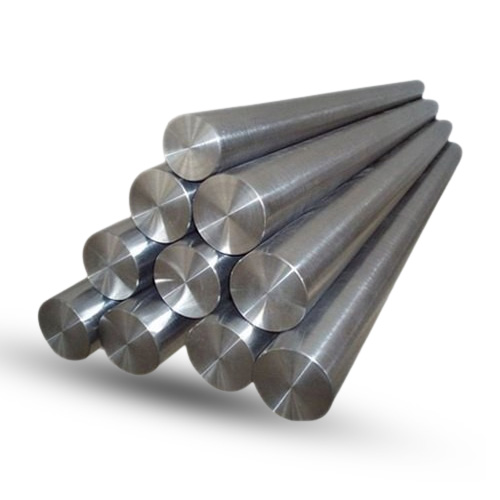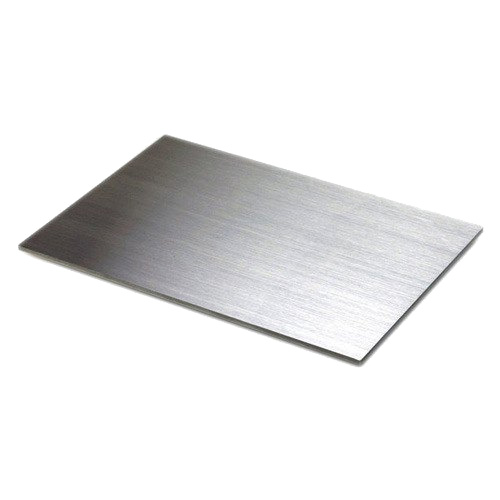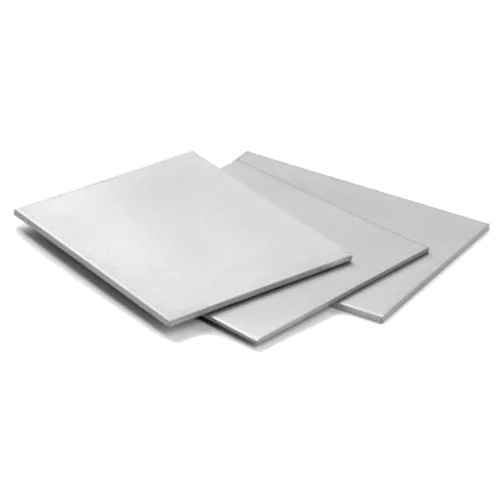In the ever-evolving world of metallurgy, finding the right alloy to meet increasingly demanding industrial applications is crucial. Engineers, manufacturers, and designers are continually pushing the limits of what materials can do, seeking alloys that can perform in harsher environments, under greater stress, and with longer lifespans. SMO 254 has emerged as a standout in this quest, setting new benchmarks in alloy performance. This alloy, also known by its alternative names 6MO and UNS S31254, has captured attention across various industries for its exceptional properties
The Origins and Composition of SMO 254
SMO 254 was one of the first developed in the 1970s and was primarily intended for use in the pulp and paper industry where corrosion resistance in chloride containing environments was a problem. However, due to its superior characteristics, it has been used in various sectors in the later periods
This is an austenitic stainless steel with a molybdenum content of 6% by weight and is therefore classified as a ‘super austenitic’ material. The composition of the alloy is approximately 20% chromium, 18% nickel, 6% molybdenum, nitrogen, and copper. This particular combination makes 254 SMO one of the most corrosion resistant, strong and durable material especially in harsh environments that are usually destructive to other materials
Unmatched Corrosion Resistance
Among the many reasons that SMO 254 is becoming popular, one of the most important is its outstanding resistance to pitting and crevice corrosion. Chlorides are known to cause corrosion and where they are found such as in sea water, structures close to the sea and even in some chemical processing industries, the problem is ever present. Most of the alloys, including other grades of stainless steel, are vulnerable to pitting, which is a localized corrosion that results in the formation of small holes or pits on the surface of the metal
SMO 254 is distinguished by a high content of molybdenum and chromium, which greatly enhances the material’s resistance to such forms of corrosion. The extent of its resistance to pitting is further increased when nitrogen is added, thus it is ideal for use in situations where both pitting and crevice corrosion are a problem. This has made UNS S31254 especially useful in the oil and gas industry where equipment is often in contact with saline conditions
Strength and Ductility: A Balancing Act
In addition to the corrosion resistance, 254 SMO also boasts of good mechanical properties. It provides the right combination of hardness and toughness, which makes it possible to shape, join, and assemble the material into different complicated structures. This is a very important consideration in applications such as marine engineering, chemical processing, and desalination where parts are required to operate under high stress and must not fail
The yield strength and the tensile strength of the alloy are significantly higher than the yield strength and the tensile strength of the austenitic stainless steels 316L or 317L. This means that components made from 6MO can operate at higher pressures and stresses, which in turn means longer life and lower maintenance requirements. The combination of strength and ductility also implies that SMO 254 can be used in the more challenging applications where failure is not an option


Versatility Across Industries
The application of SMO 254 is not limited to the pulp and paper industry only but it is widely used in many other sectors. Today, it is used in almost all industries, each industry enjoying the special characteristics of the material. For instance, SMO 254 is applied in the oil and gas industry in the piping systems, heat exchangers, and other parts that are exposed to corrosive conditions. That it does not corrode in pitting and crevice corrosion as well as stress corrosion cracking makes it a preferred material in offshore drilling and production facilities
In the chemical industry, 254 SMO is appreciated due to its chemical and heat stability. It is commonly applied in the fabrication of reactors, tanks, and piping systems that deal with aggressive acids and other corrosive media. Such environments are not only made safer by the performance of the alloy but also the durability of essential structures is increased
The desalination industry also relies heavily on UNS S31254 for its ability to withstand the challenging conditions of seawater. Desalination plants, which convert seawater into potable water, operate in environments that are highly corrosive due to the high salt content. SMO 254 is often used in the construction of key components like pumps, valves, and evaporators, where its resistance to chloride-induced corrosion ensures reliable and efficient operation
Sustainability and Long-Term Value
In today’s world, where sustainability is increasingly important, the longevity and durability of materials are key considerations. SMO 254 not only meets the demands of high-performance applications but also contributes to the sustainability goals of industries by reducing the need for frequent replacements and repairs. The alloy’s resistance to corrosion and its robust mechanical properties mean that components made from 6MO can remain in service for extended periods, reducing material waste and associated environmental impact
Moreover, SMO 254 is fully recyclable, aligning with the growing emphasis on circular economy principles. At the end of its life cycle, the alloy can be reprocessed and reused, further enhancing its environmental credentials


Conclusion
As industries continue to evolve and face new challenges, the materials they rely on must keep pace. SMO 254 has proven itself to be more than just another alloy—it is a material that sets new standards in performance, durability, and sustainability. Whether it’s in the harsh environments of offshore drilling, the corrosive conditions of chemical processing, or the demanding operations of desalination plants, SMO 254 delivers exceptional value
You can Contact Alloyed Sustainables today at sales@alloyedsustainable.com to learn more about our SMO 254 and how they can be uses in various industries.

